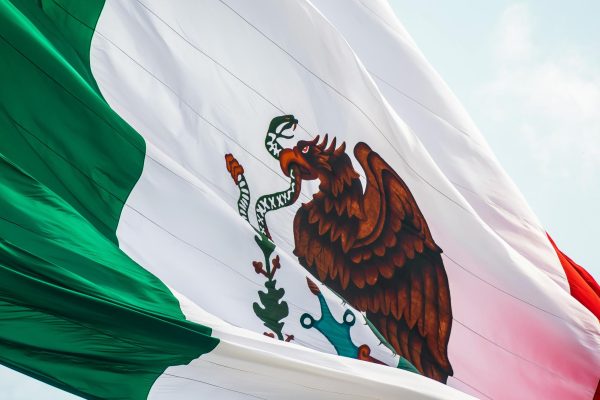COP26 Revisits the Paris Agreement and Creates New Climate Deals
November 24, 2021
On October 31, 197 nations gathered in Glasgow, Scotland, for the COP26 UN Climate Conference. The goal of COP26, or the 26th annual Conference of the Parties, was to negotiate and reach agreements regarding rising global climates. The conference lasted for 14 days, from October 31 to November 13.
Going into the summit, the largest concern was maintaining Article 2 of the Paris Agreement. The Paris Agreement was a treaty signed by 196 parties at COP21 in 2015. It was a landmark global effort to limit greenhouse gas emissions, and thus hopefully reduce the impact of climate change. Article 2 specifically detailed strategies to limit climate change to 1.5 degrees Celsius. However, little change has taken place since then, and the predicted outcome by the end of the century is still 2.7 degrees Celsius.
While promises to cut down coal, oil and gas burning were made at COP21, many have been unmet 6 years later. Thus, the Glasgow Climate Pact was created. The Glasgow Climate Pact ensured that countries would revisit their current emissions targets and push them forward to 2030. It also promised money to developing countries and created plans to cut down on coal, the most harmful emitter of greenhouse gases. While these agreements inspire hope, the countries involved still must follow through in order to create any significant impact.
In addition to the Glasgow Climate Pact, the Paris Rulebook was finalized after 6 years of discussion. The rulebook will serve as a guide for countries on how to reach the goals that were set in the Paris Agreement. It will also hold countries accountable if emission goals are not met by target years.
Making sure countries are following their pledges will be crucial, as COP26 oversaw hundreds of pledges in multiple areas. Over 141 countries agreed to end deforestation by 2030, over 40 agreed to phase out coal, over 100 agreed to reduce methane emissions and over 137 pledged to reach net-zero. Net-zero is the point where greenhouse gases being produced and being removed from the atmosphere are balanced, therefore reaching a net of zero emissions.
Notably, the United States, a major player in gas emissions, pledged to end deforestation and cut methane emissions. China and India, 1st and 3rd in global emissions, set their net-zero target date to 2060 and 2070, respectively. To the surprise of many, the two leading emitters of carbon dioxide, the U.S. and China, signed a joint declaration promising to cooperate. Their cooperation will prove to help reduce emissions within the next decade.










